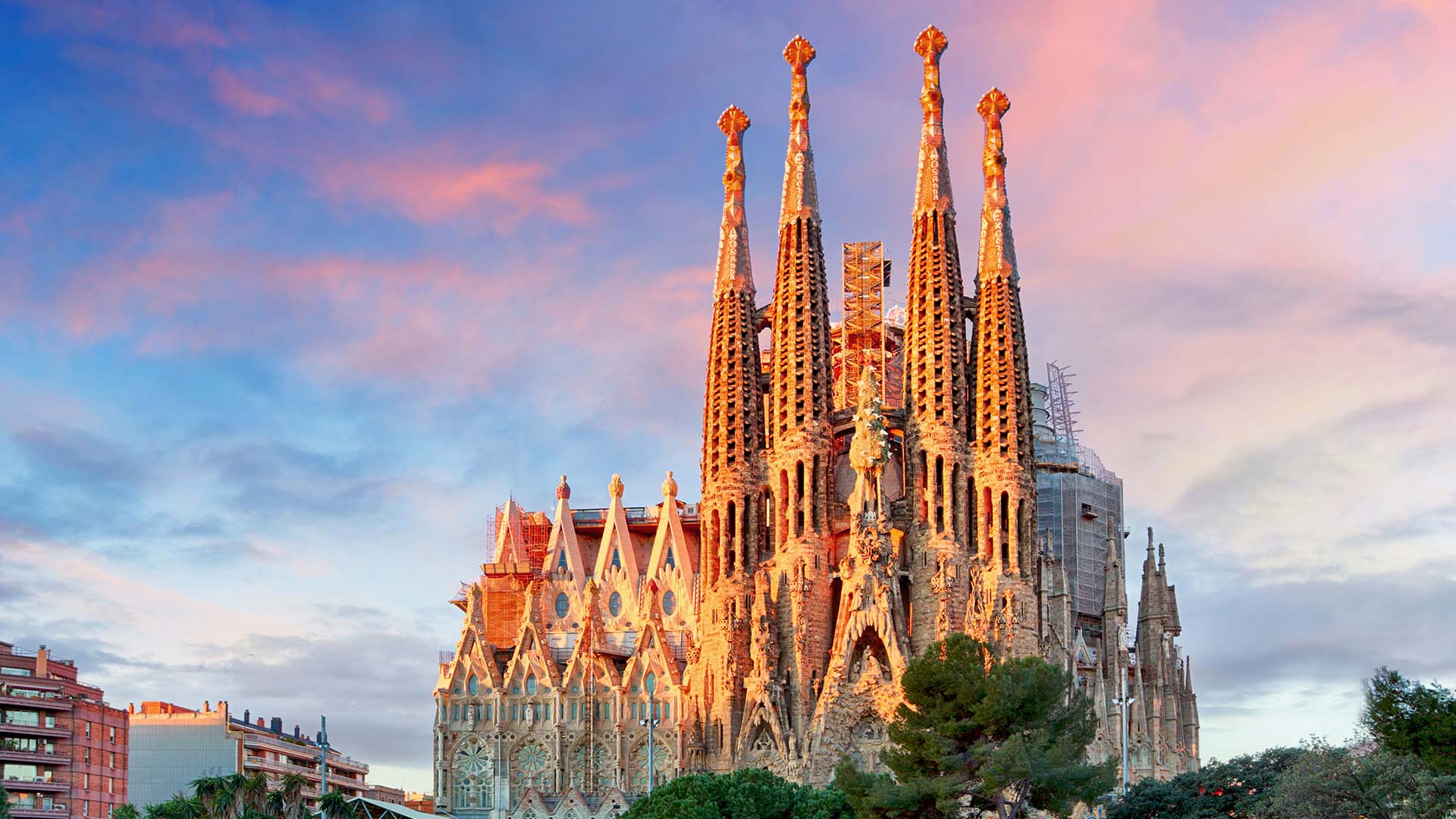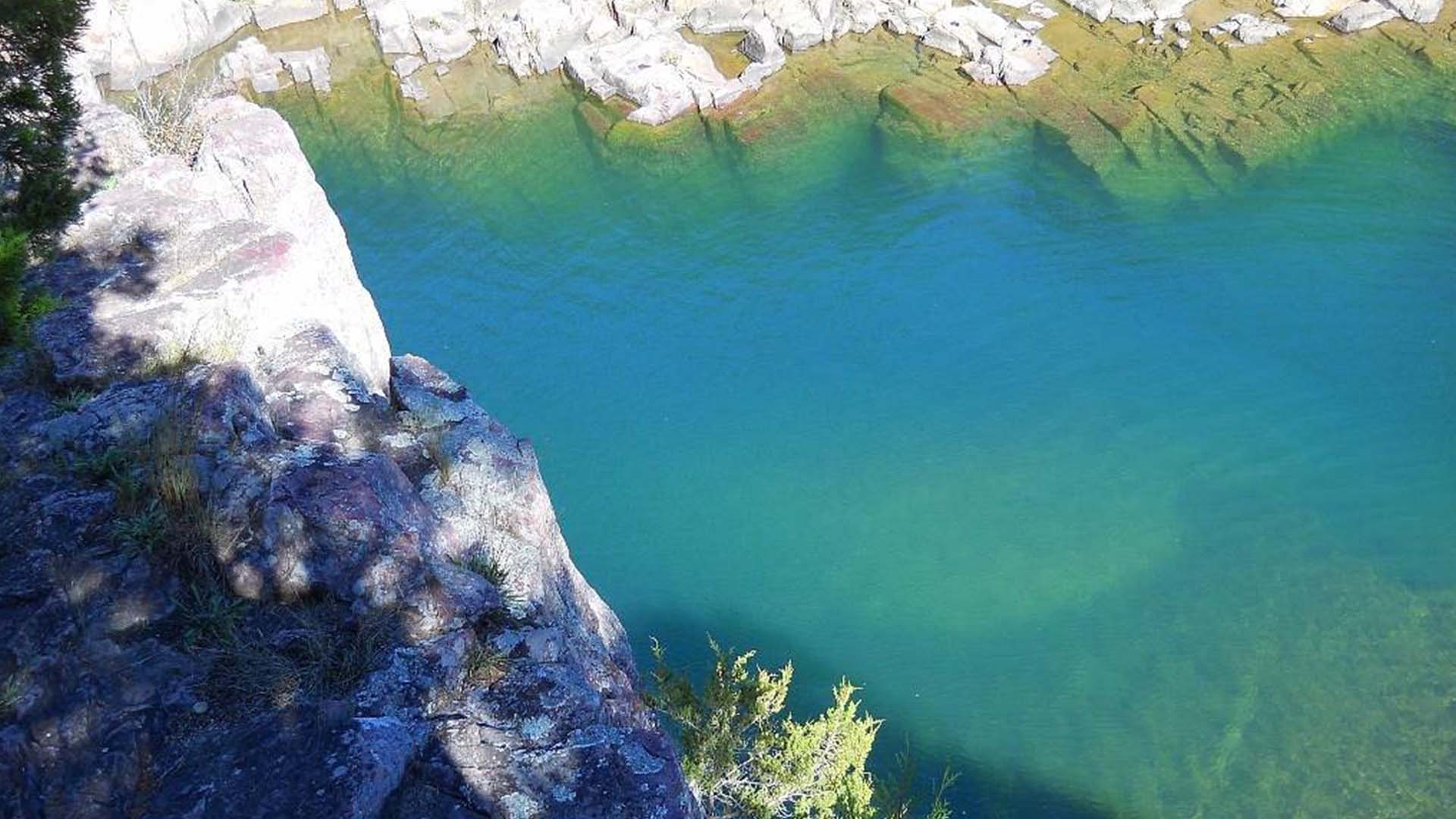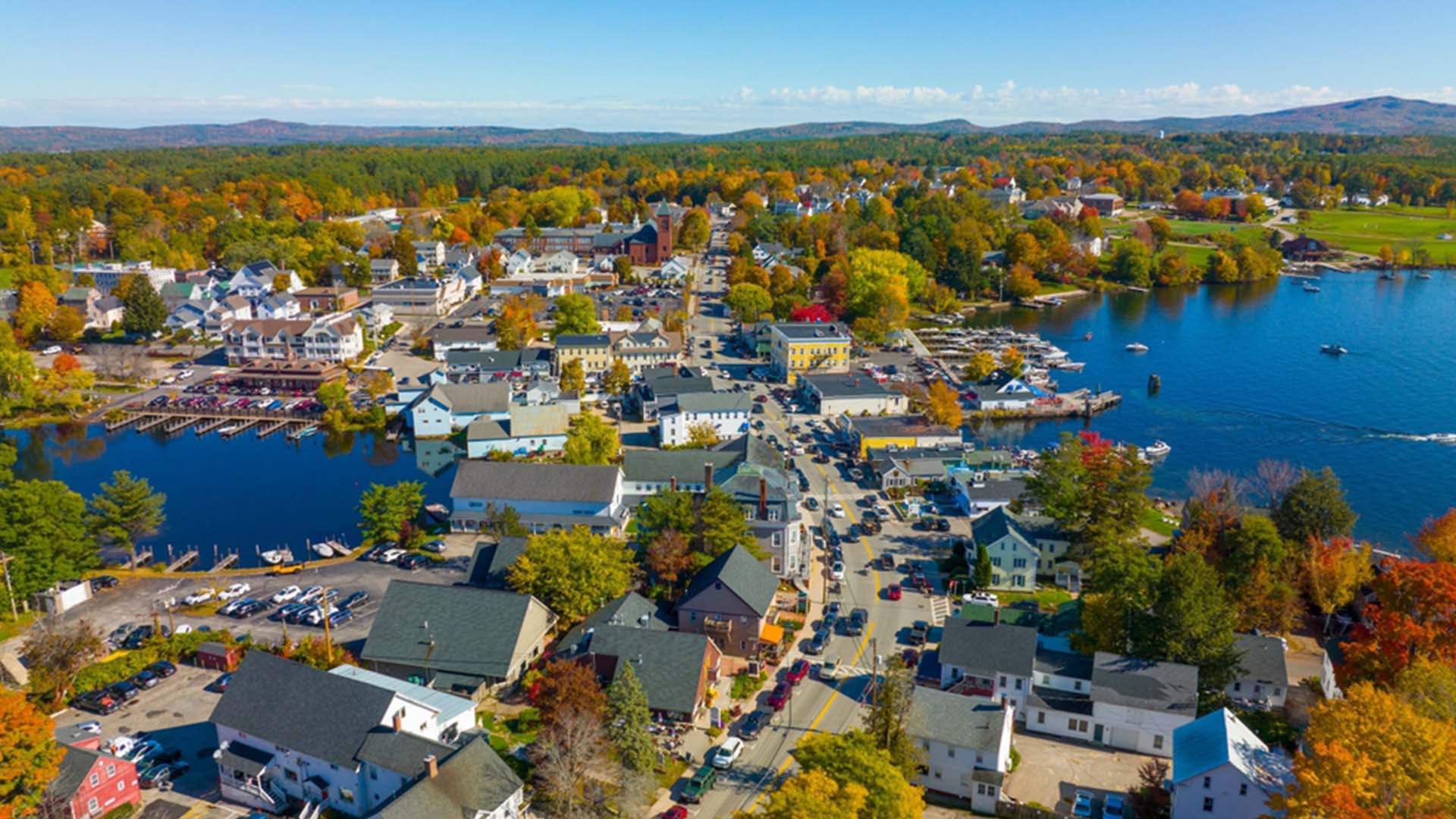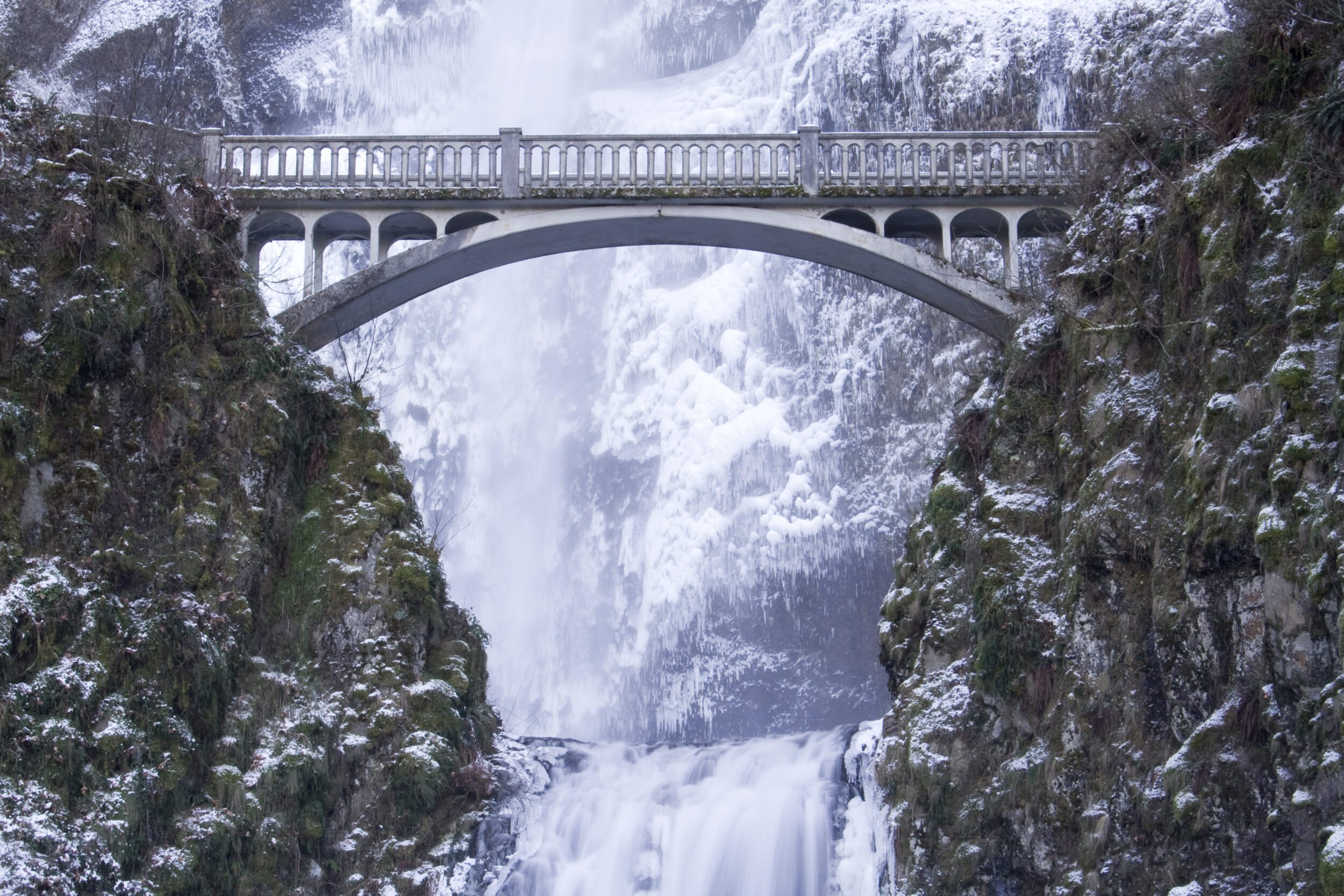If asked to look at a picture of this landscape, for a split second you may think you’re looking at the surface of Mars, right? That’s not where the resemblance stops. Studying the salt lakes in Valle de la Luna is desirable for many scientists, researchers, and journalists as it may give them new insights regarding Mars.
Argentina Salt Lake
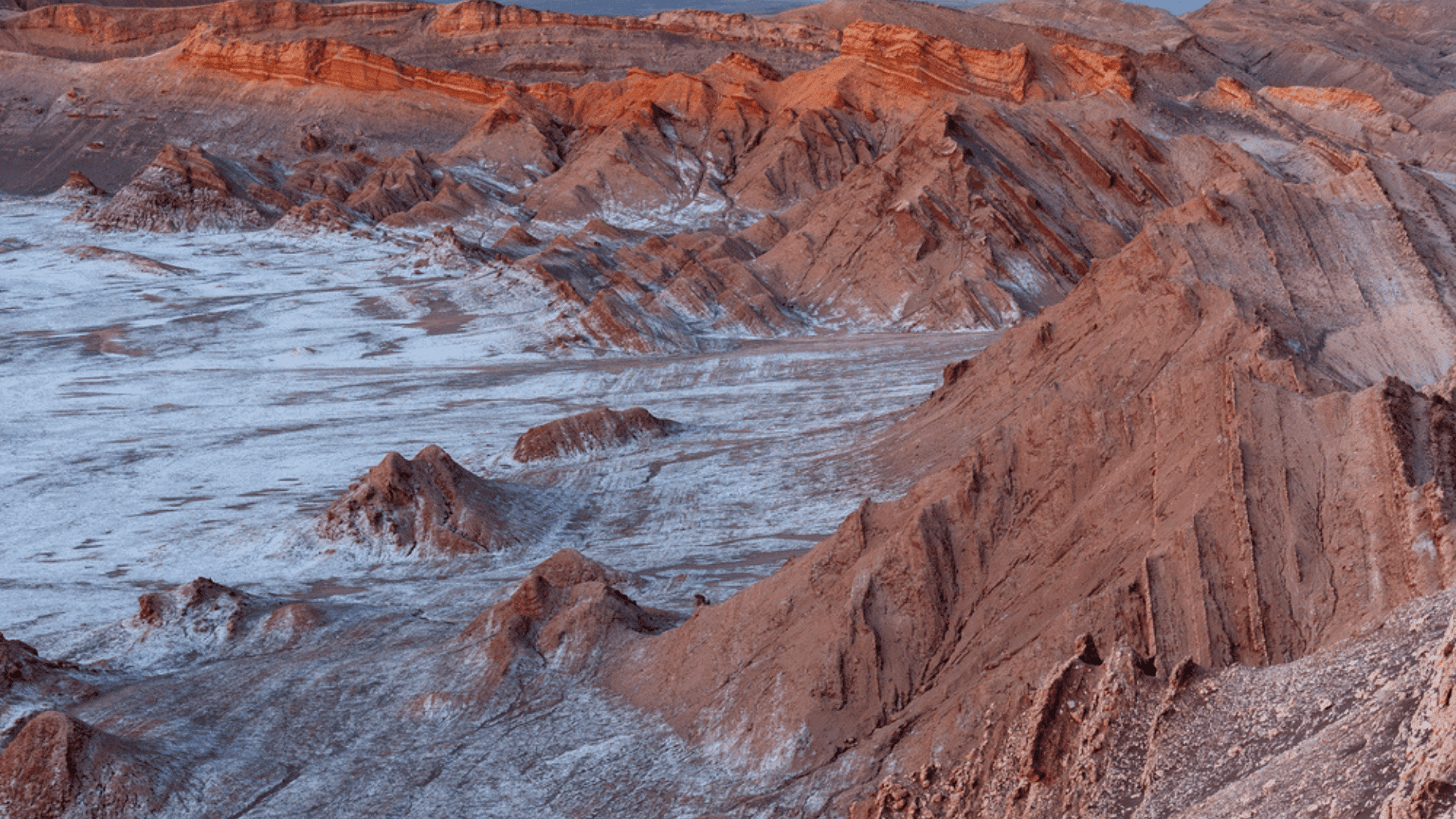
Salt lakes are typically located in remote areas with extreme environmental conditions. And some of them can be good indicators of our history or even mimic extraterrestrial conditions. The Valle de la Luna area is fascinating to researchers due to the recently discovered extremely halophilic CO-oxidizing bacteria found in the Atacama Desert. This discovery establishes the possibility of microbial carbon dioxide oxidation under conditions that could be obtained on contemporary Mars.
Valley of the Moon
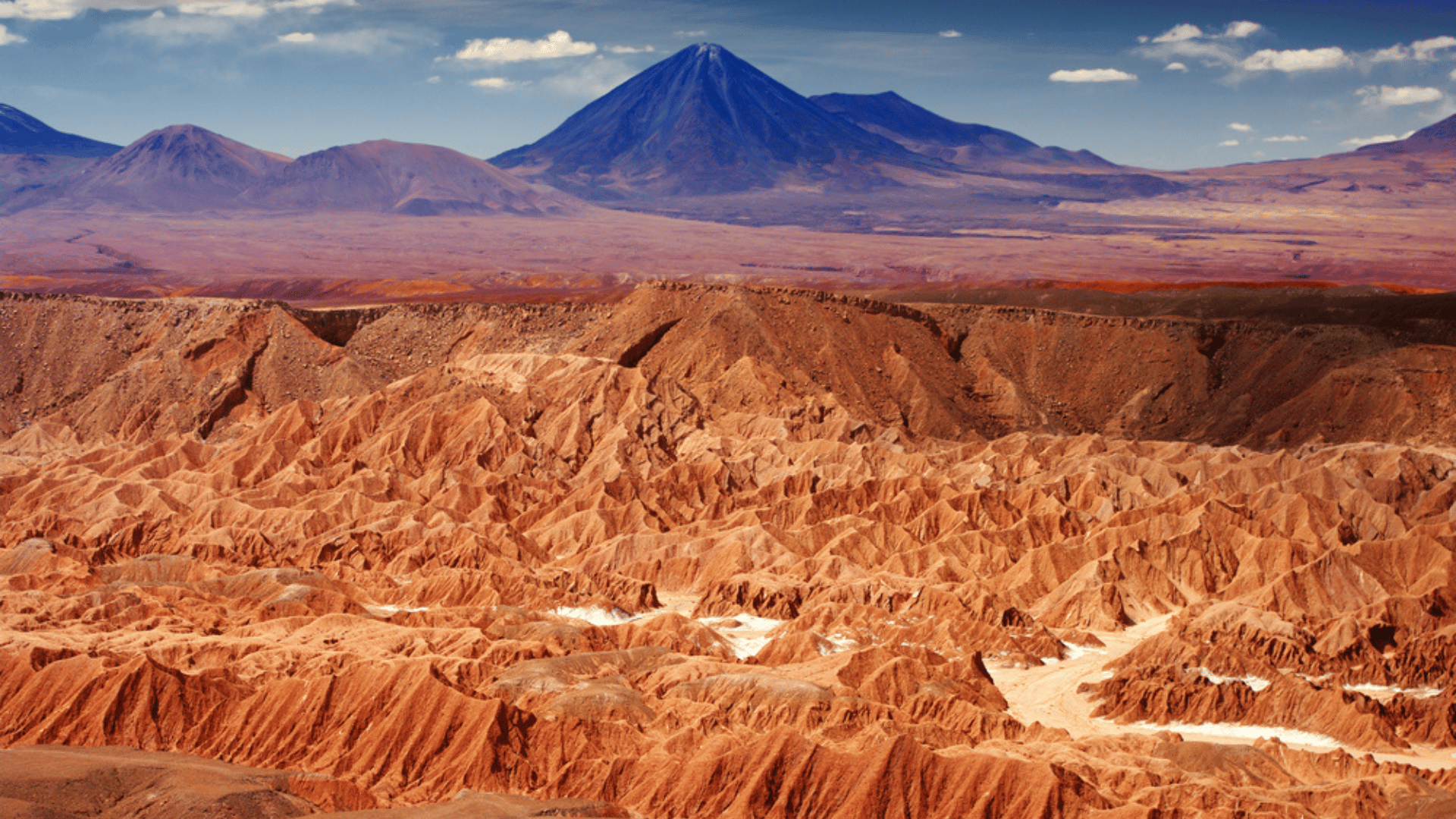
Valle de la Luna, or Valley of the Moon, is located in Valle de La Muerte (Death Valley). It gained its name due to the various sand and stone formations across the land, which have been carved over time by wind and water. The origin of the area’s name is rumored to rest with Neil Armstrong who, upon visiting the space, remarked that the land resembled the surface of the moon.
The area was once home to a mountain made of clay and sandstone that was battered by time and the elements. There are enormous dunes and valleys and hills of salt. Depressions in the terrain are periodically covered with water to form traces of saline lakes. The land also contains mountains, clay coated with a salt crust, salt crystals, and salt caves.
Salt Sculpture
The region also includes the Cordillera de la Sal (Salt Mountain Range), which is a small depression salt ground approximately 1,650 feet in diameter that has formed into oddly sculptural shapes. These shapes, which almost look man-made, are the result of a sequence of transformations on the earth’s crust, caused by the folding of the watery ground beneath the saltwater.
Because they resemble man-made sculptures, some of the salt formations have been given names. There is “El Buen Abuelo” or The Nice Grandfather, which is said to resemble the stone statue of an old man.



